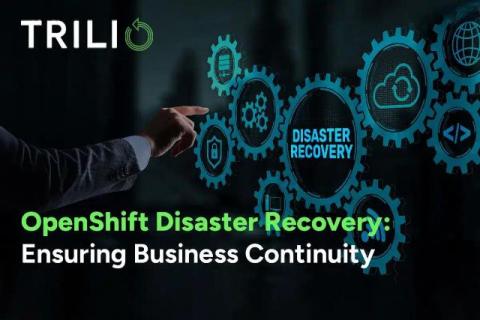Boosting Mobile Defense: A Comprehensive Guide to Mobile Security
Your organization’s mobile security strategy is a vital part of your overall cybersecurity posture. Not only do mobile devices contain valuable personal data, but they also serve as a gateway to the information you store in the cloud. If you issue smartphones and tablets to your employees, a single high-profile vulnerability could compromise dozens of devices. If you embrace bring-your-own-device (BYOD) policies, you may not have any visibility into the applications your employees use.











